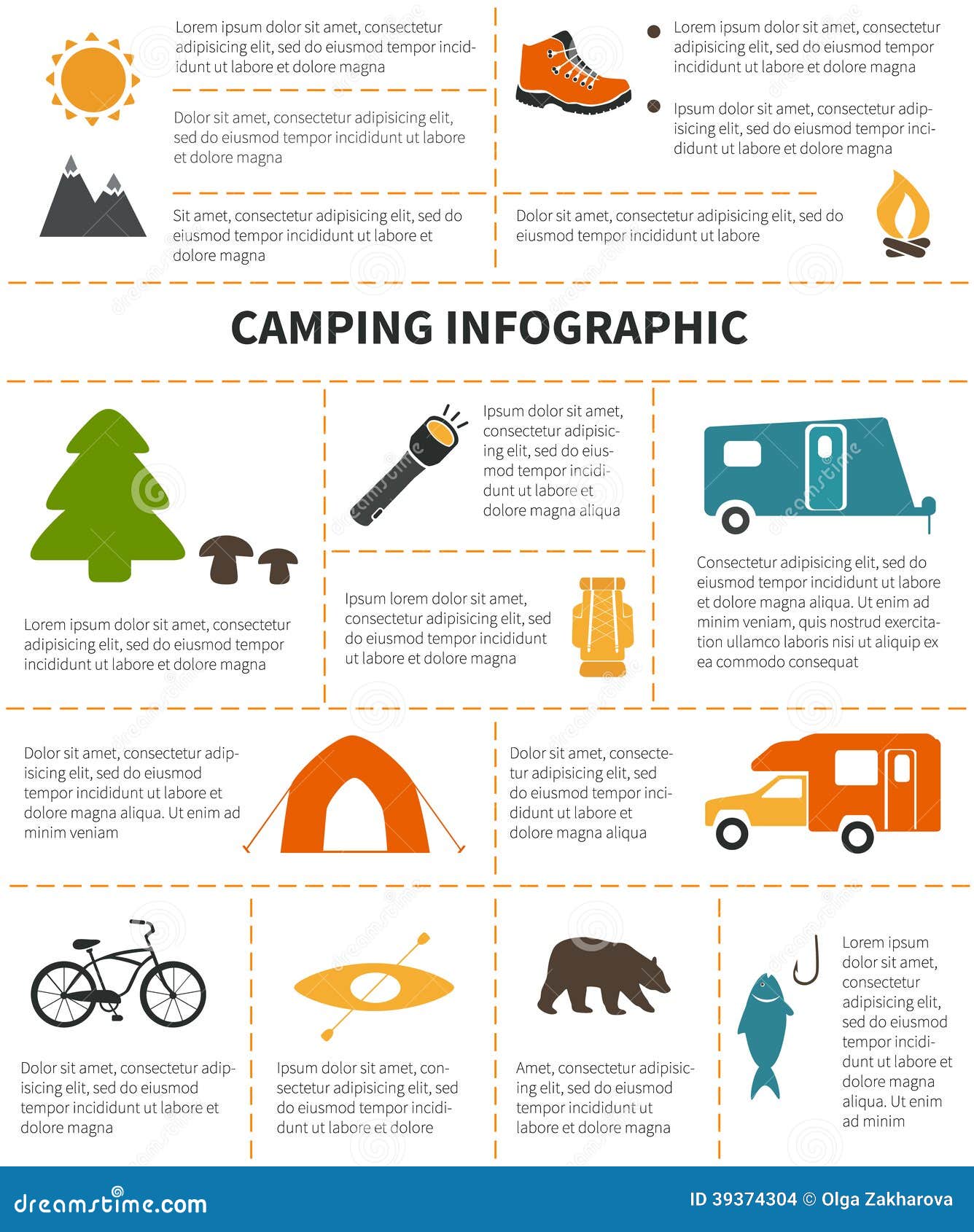Rain flies are a crucial device for wall tents. They enhance the capability of an outdoor tents to shield campers from extreme weather conditions while offering added convenience and toughness.
Normal cleaning of a rainfall fly keeps mud, mold, and debris from destroying it. Likewise, making sure the proper stress of a rainfly prevents it from drooping and permitting water to gather below.
Weather Resistant Products
The material utilized in building and construction jobs can influence the longevity and toughness of the project. Selecting weather-resistant products helps reduce upkeep costs and saves sources for future repair and substitute.
Timber may not be the very first product that comes to mind when going over climate resistance, however it is highly resilient when effectively treated with preservatives. Cedar, redwood, and teak wood are instances of naturally rot-resistant woods made use of to make a selection of outdoor furnishings and frameworks.
High-performance canvas wall camping tents are made to resist wetness and maintain campers comfy. It is important to clean canvas and outdoors tents regularly to eliminate dust, mud, and dirt. It is also necessary to rinse any kind of deposit from the canvas tent before storing it away for use. Prevent utilizing bleach, as it ruins the water-resistance treatment and makes the camping tent extra susceptible to leakage. Additionally, a soft brush and a pipe can be made use of to extensively scrub the canvas tent and rinse it off with water up until it is completely filled.
UV Direct exposure
Unless a tent is made from UV-resistant fabric, long term exposure to sunlight will certainly trigger it to break down. This is true of all fabrics, however it's especially obvious for camping tents and canvas frameworks as a result of how much they're made use of in outdoor settings. UV radiation can trigger dyes to break down, causing a loss of color vibrancy.
A rainfly safeguards wall tents from these unsafe UV rays by reflecting them prior to they can penetrate the structure and reach your skin. It is very important to choose a rainfly with a UPF score of 50 or higher to get optimum UV defense.
A rainfly additionally aids manage the temperature level inside a camping tent relying on the period. A lighter rainfly can maintain tents from taking in excessive warm in the summer season, while a much heavier rainfall fly can assist avoid warmth from running away the tent throughout cooler months. In either situation, these additional layers of insulation can considerably expand an outdoor tents's lifespan.
Wetness Damages
Canvas tents are rather long lasting and can last 15-30 years with attentive care, but also one of the most high-performance canvas is not impervious to rainstorms. A rain fly or fly sheet includes a layer tent setup of protection for the roof covering of your canvas tent and aids stop moisture damage.
Condensation, mold and mildew, and mildew are not only undesirable, however they can also damage the structural honesty of your canvas tent. Avoiding these troubles is not difficult, but it needs careful treatment and interest to detail.
Make it a habit to evaluate your camping tent in the morning and eliminate any kind of all-natural condensation, dew, or snow that has actually accumulated on the surface. Afterward, be sure to spread your camping tent out in an open area and utilize a soft brush to scrub away any type of mold and mildew and mold that has actually created. Once you have removed the impacted locations, re-treat the outdoor tents with a mold awesome solution and rinse it extensively to avoid any type of future infestations.
Dampness Buildup
While regular, condensation can damage products if left unattended. Fortunately, positive strategies like cleaning surfaces and airing out camping tents minimize condensation' effect.
Tent material, climate problems and usage patterns contribute to condensation degrees. Sailcloth, for example, stands up to water vapor evaporation and often tends to display handmade droplets more readily than polyester or nylon alternatives. Comprehending this distinction informs just how outdoor tents owners handle condensation.
Resident's exhaled breath and damp clothes and tools spike humidity degrees. A lack of ventilation approaches allows wetness to condense when warm indoor air fulfills cooler surface area temperature levels. This cycle enhances on humid evenings or when a tent is positioned in low places. Checking and wiping tent surface areas promptly after cooling encourages dampness to disperse prior to destructive materials or creating mold. Local airflow, such as routing a fan towards joints, further help the procedure. Recognizing one of the most at risk areas of a camping tent, like high ridges and edges, helps campers enhance their dampness management regimens.
